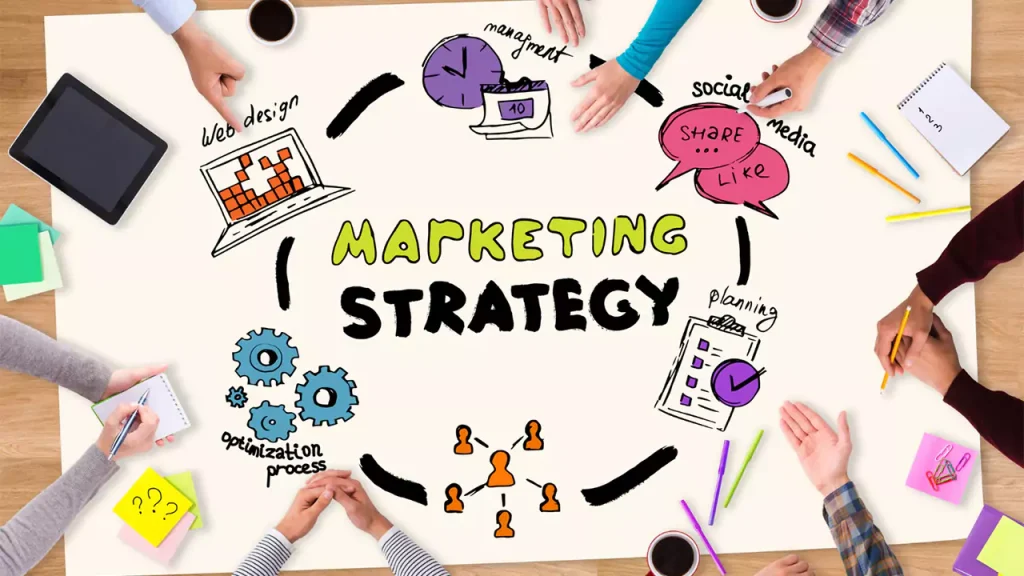From Prototype to Market: A Guide for Small Business Owners
Table of Contents
- The Journey Beyond the Drawing Board
- Understanding Market Validation
- Customer Discovery and Feedback
- Competitive Analysis
- Testing and Refinement
- Technical Testing
- User Experience Testing
- Preparing for Production
- Manufacturing Strategy
- Supply Chain Management
- Cost Analysis and Pricing Strategy
- Marketing and Distribution
- Brand Development
- Distribution Channels
- Marketing Strategy
- Legal and Regulatory Compliance
- Safety and Quality Standards
- Intellectual Property Protection
- Moving Forward
The journey from “prototype” to “market-ready product” is not an easy one. Many small business owners have brilliant ideas, but many struggle from conceptualizing to market launch. That’s the reality of it. Whether you’re developing a revolutionary app or physical product, understanding the path from prototype to market can be the difference between success and stagnation.
The Journey Beyond the Drawing Board
Have you ever seen a successful product and thought, “I had that same idea years ago!” Not all ideas come to fruition. The difference? Execution. Plus, having a prototype is just the beginning – it’s your proof of concept, your minimal viable product, your first step into the world of business reality. It definitely won’t end there.
Understanding Market Validation
Before you invest in full-scale production, ensure your product has a place in the market. With approximately 30,000 new products introduced each year and 95% failing, your team must conduct a thorough market validation and analysis of customer needs. Market validation, in simple terms, is asking the important question: “Will people pay for this?” A great idea doesn’t guarantee customers will open their wallets.
Customer Discovery and Feedback
First, pinpoint exactly who your product is for. This isn’t just checking a box—it’s the foundation everything else builds upon. Once you know who you’re targeting, roll up your sleeves and talk to them directly. Run surveys, conduct one-on-one interviews, and gather focus groups to uncover what keeps them awake at night. This real-world feedback is pure gold. It helps you shape your prototype to solve problems people care enough about to reach for their wallets. Don’t guess what customers want—ask them directly and watch where they actually spend their money.
Competitive Analysis
Study existing solutions in your market space. What are their strengths and weaknesses? How does your product differ? Conducting effective market research for SMBs during this stage allows you to benchmark against competitors, position your product effectively, and uncover unique opportunities for differentiation.
Testing and Refinement
The prototype phase isn’t just about creating a working model – it’s about iteration and improvement. This is the stage where you don’t aim for “perfect.” Aim for “good enough” — and start from there. Each version should incorporate feedback and address identified issues.
Technical Testing
For physical products, particularly those requiring injection molding capabilities, ensuring precise specifications and material compatibility is crucial. Many manufacturers offer custom injection molding services along with expert guidance on quotes and solutions to help optimize your design for manufacturability. At this stage, it often involves working with manufacturing partners who can provide guidance on design optimization for production efficiency. Test your product thoroughly to verify it functions reliably and consistently across different conditions.
User Experience Testing
Put your prototype in the hands of potential users. Watch how they interact with it, note their confusion points, and gather their feedback. This hands-on testing often reveals issues that weren’t apparent during development.
Preparing for Production
Are you finally confident in your prototype? Then, that means it’s time to plan for production. This stage requires you to carefully consider several factors. It should be reflected when you write the products and services section of your business plan, ensuring your offerings are clearly defined and aligned with your production strategy:
Manufacturing Strategy
Will you manufacture in-house or outsource? Consider costs, quality control, and scalability. Many SMBs start with a small batch. It’s a cost-effective way to test the waters and the market’s reception before scaling the manufacturing.
Supply Chain Management
Supply Chain Management (SCM) is about getting the resources you need to build your product. Plus, you must be on top of the game by ensuring they show up on time and you get them at the best cost. Identify reliable suppliers for your materials or components. Then again, don’t put all your eggs in one basket. Have a backup supplier in case something comes up (like going out of business, difficulty in catching up with the demands, shipping delays, and other issues).
Cost Analysis and Pricing Strategy
There are two main factors to consider here:
- How much does it cost to make one unit of your product
- How much should you charge to make a profit (and stay competitive)
Calculate your production costs accurately. The most common areas to start with are the materials, labor, overhead, and shipping. Also – determine your pricing strategy.
Marketing and Distribution
Even the best products need effective marketing and distribution strategies to succeed. Focus on these key areas:
Brand Development
Branding sets you apart from other brands. A strong brand identity resonates with your target market. How? It should feel authentic and appealing—but not just to anyone. It must speak to your specific market. Then, reflect this on your product packaging, marketing materials, and online presence. Your brand should communicate your product’s value proposition clearly and consistently.
Distribution Channels
Identify the most effective ways to reach your customers. Will you sell directly to consumers through an e-commerce platform? Partner with retailers? Use a combination of channels? Each approach has its own costs, benefits, and challenges.
Marketing Strategy
Develop a comprehensive marketing plan. This strategy gets your product in front of your ideal audience. It should include both digital and traditional channels, depending on your target market. Content marketing, social media, paid advertising, and public relations to build awareness and drive sales. This entire plan is for them to see your products, care for them, and take action, whether that’s to buy, sign up, share, or something else.
Legal and Regulatory Compliance
Before launching, ensure your product meets all relevant regulations and standards:
Safety and Quality Standards
Research and comply with industry-specific standards and regulations. This isn’t just bureaucratic red tape—it’s what keeps your product out of legal hot water. Dig into safety testing, certification requirements, and labeling rules that vary by industry.
Intellectual Property Protection
Lock down your innovation before someone else swoops in or steals your product or idea. Don’t leave patents, trademarks, or copyrights exposed. A quick chat with a legal pro can save you from watching competitors walk away with your million-dollar idea.
Moving Forward
The path from prototype to market rarely runs straight, but knowing these steps helps avoid costly detours. Success comes from persistence, not perfection. Keep your eyes on the destination, but adjust your route based on market signals and changing conditions.
Keep these final tips in mind as you move forward:
- Start small and scale gradually. Studies show that over 80% of small businesses 8need less than $25,000 to grow, mainly for inventory and equipment.
- Build a strong network to provide guidance and support.
- Watch your numbers and shift course when they don’t match your projections. The businesses that survive don’t cling to failing strategies—they adapt quickly when the market speaks.
- Stay connected with your customers and continue gathering feedback even after launch.
Keep a eye on your metrics and be ready to pivot when real-world results don’t match your predictions. Stay connected with customers after launch—their feedback is your goldmine for improvements. With careful planning and flexibility to adapt when market winds shift, you can transform your prototype into a product that drives real business growth.













